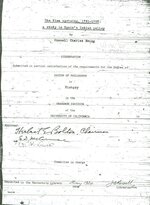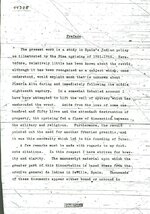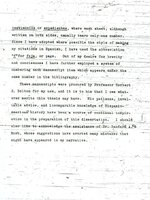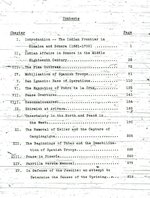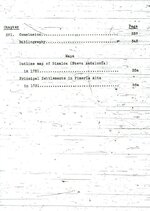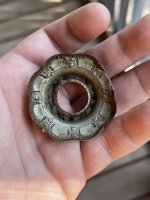gollum
Gold Member
- Jan 2, 2006
- 6,729
- 7,596
- Detector(s) used
- Minelab SD2200D (Modded)/ Whites GMT 24k / Fisher FX-3 / Fisher Gold Bug II / Fisher Gemini / Schiebel MIMID / Falcon MD-20
- Primary Interest:
- All Treasure Hunting
- Thread starter
- #221
And let us not forget the huge number of deaths at Guevavi. Several of the Jesuit Fathers assigned there became VERY ill and they recovered only after leaving the area. We should also remember Father Grazhoffer SJ, who it is said was poisoned by the O'odham Indians. The symptoms of his "poisoning" sounded remarkably like heavy metal poisoning. In 1733 the Spanish would not have known about heavy metal poisoning. They would have considered it something else.
With the exception of the smallpox epidemic in 1752, the causes of most of the deaths, again, seemed more like heavy metal poisoning. How could that have happened at a regular old mission? Maybe if there was ore smelting/refining going on there?
Mike
With the exception of the smallpox epidemic in 1752, the causes of most of the deaths, again, seemed more like heavy metal poisoning. How could that have happened at a regular old mission? Maybe if there was ore smelting/refining going on there?
Mike


 There are any numbers of "possibilities" for how miners could have been supplied. The chain of way stations that has been mentioned here for moving all of the gold and silver out of Pimeria Alta being one. I addressed a specific comment that was made about Tumacacori here earlier.
There are any numbers of "possibilities" for how miners could have been supplied. The chain of way stations that has been mentioned here for moving all of the gold and silver out of Pimeria Alta being one. I addressed a specific comment that was made about Tumacacori here earlier.


